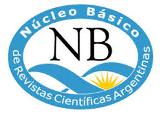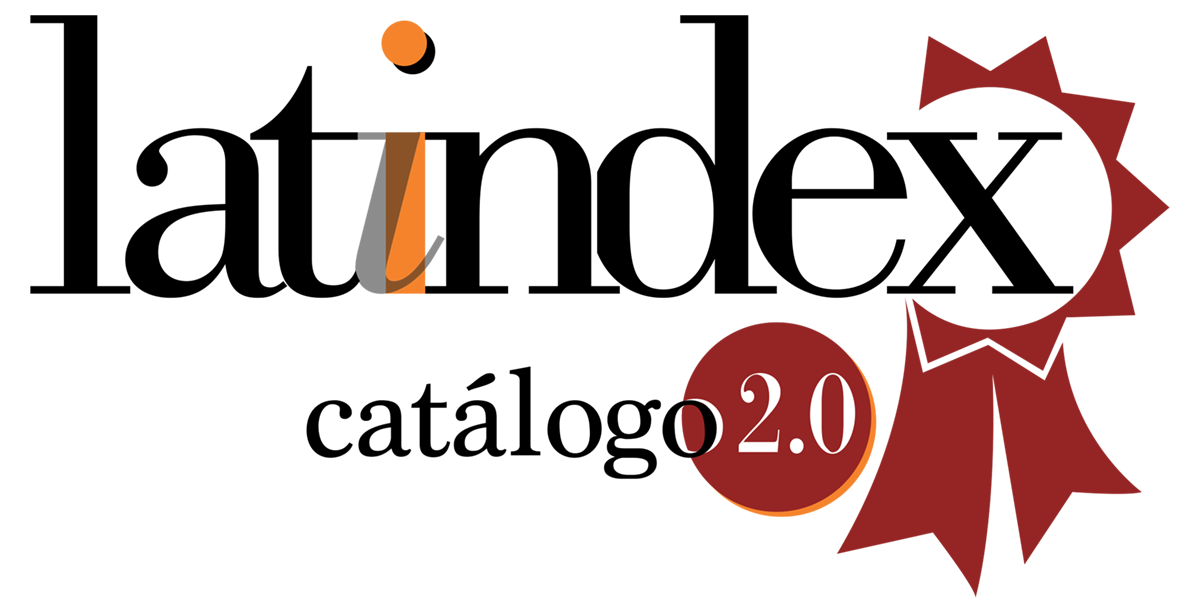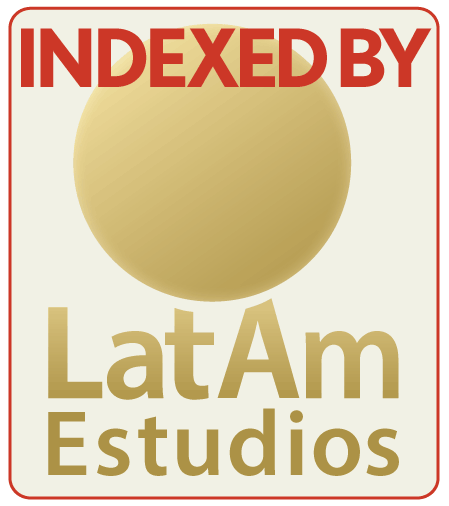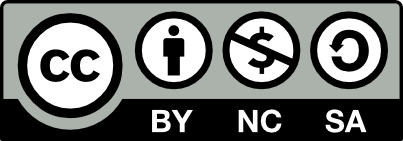Submissions
Submission Preparation Checklist
As part of the submission process, authors are required to check off their submission's compliance with all of the following items, and submissions may be returned to authors that do not adhere to these guidelines.- The subsmission has not been previously published nor has been reviewed in another journal (or an explanation has been sent under «Comments to the Editor»).
- The submitted file has Microsoft Word, RTF o WordPerfect format and it does not have activated the Track Changes Systems.
- If possible, URL addresses will be given for references.
- In the step «Enter metadata» you have entered all authors and stated the ORCID number.
- In the step «Load complementary files» you have uploaded illustrations, figures, tables and photographs that are part of your article (if any) in JPG or TIF formats.
- The text complies with the style and reference requirements mentioned under Author’s Guidelines.
- If the submission is sent to a peer refereed section, has insured of following the available instructions under Ensuring Anonymous Peer Review.
Copyright Notice
The acceptance of an original by the journal implies the non-exclusive transfer of the economic rights of the authors in favor of the editor, who allows reuse, after editing (postprint), under a Creative Commons Attribution License -NonCommercial-ShareAlike 4.0 International (CC BY-NC-SA 4.0)
In accordance with these terms, the material can be shared (copied and redistributed in any medium or format) and adapted (remixed, transformed and created from the material another work), provided that a) the authorship and original source of its publication (magazine and URL of the work), b) is not used for commercial purposes and c) the same license terms are maintained.
The transfer of non-exclusive rights implies that after its publication (postprint) in Cuadernos de H ideas the authors can publish their work in any language, medium and format; in such cases, it is requested that it be stated that the material was originally published in this journal.
Such assignment also implies the authorization of the authors for the work to be harvested by SEDICI, the institutional repository of the National University of La Plata, and be disseminated in the databases that the editorial team considers appropriate for increase the visibility of the publication and its authors.
Likewise, the journal encourages the authors so that after their publication in Cuadernos de H ideas they deposit their productions in other institutional and thematic repositories, under the principle that offering society scientific and academic production without restrictions contributes to a greater exchange of global knowledge.
Privacy Statement
Names and e-mail addresses entered in this magazine will only be used to the purposes hereby declared and they will not be available to any other purpose or to outside parties.










.png)

























